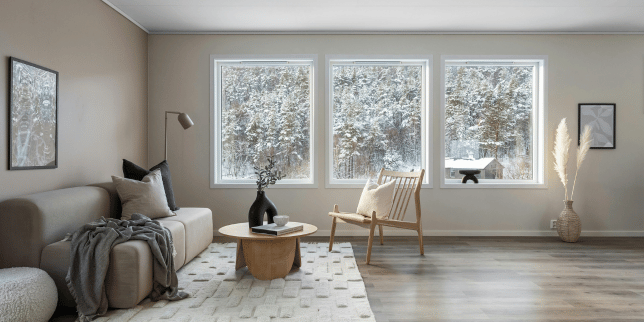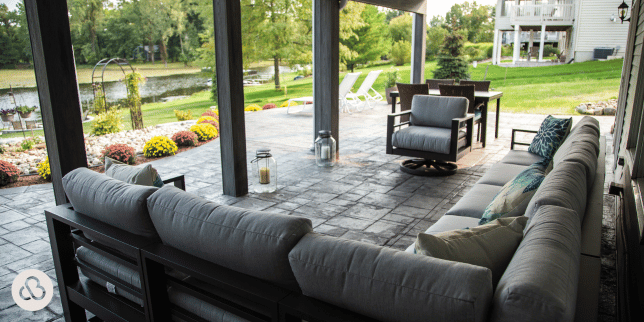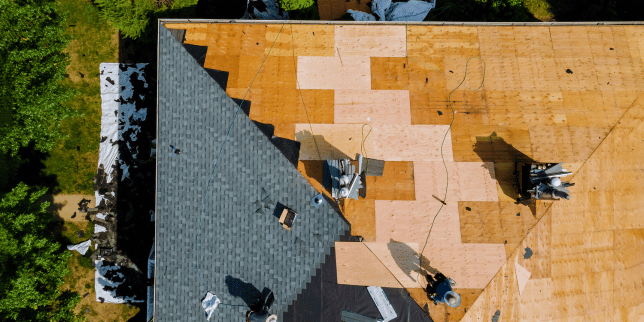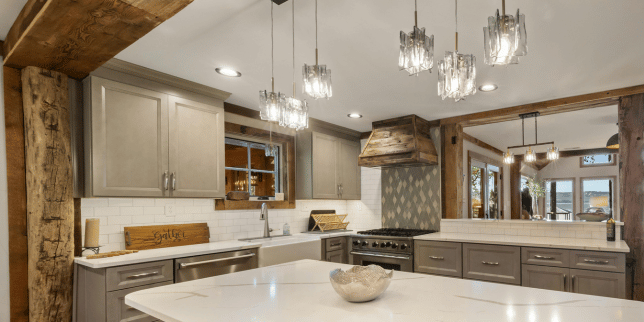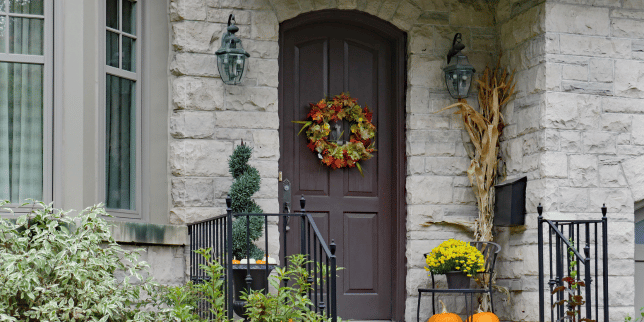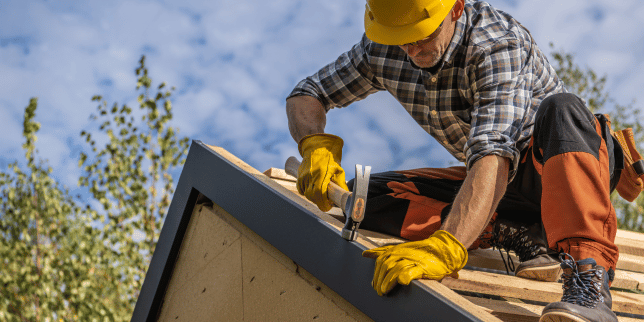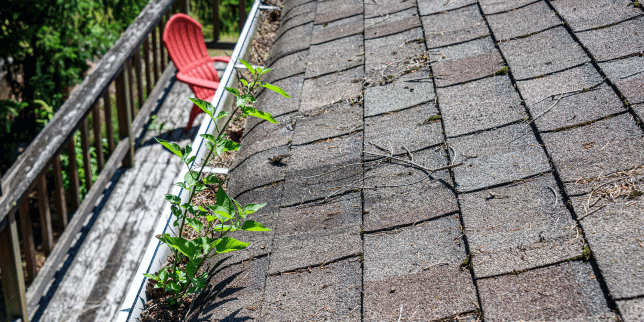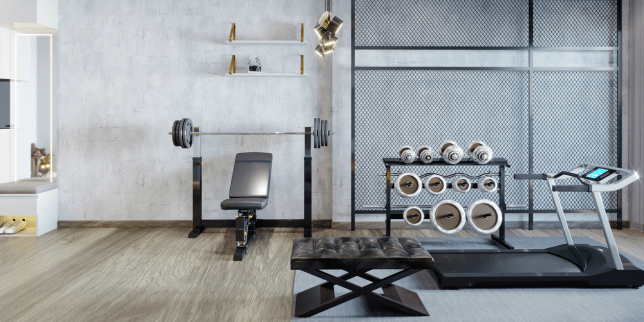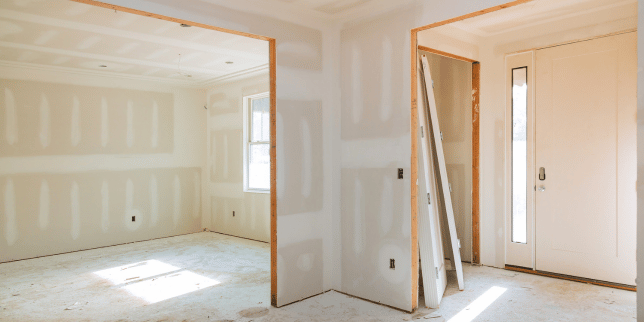5 Best Ways to Design Your Home with Safety First Remodeling Practices
July 24th, 2023
5 min read
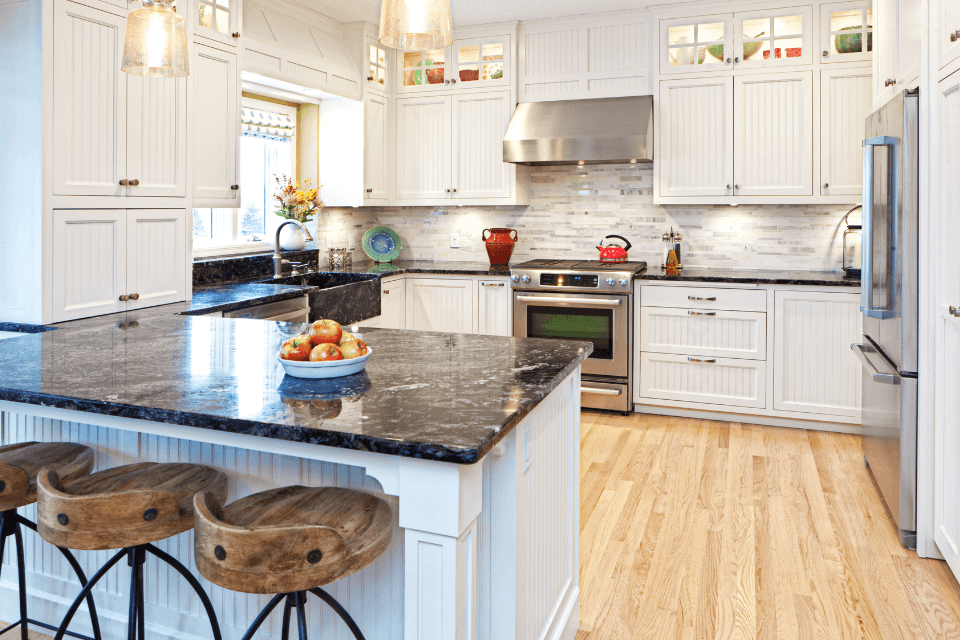
Are you worried about your home's safety and seeking the best solutions to create a safe environment there?
You're here because your family's safety and the security of your house are both critical to you. Ensuring possible hazards are minimized and promoting a safe living environment is essential.
Without taking appropriate safety measures, you face the danger of mishaps, injuries, or, even worse, jeopardizing the safety of your loved ones.
With more than 15 years of remodeling experience, we have actively used our knowledge to ensure that our client's homes prioritize safety without sacrificing elegance and comfort.
In this article, you will discover how to include safety-first remodeling elements into several parts of your house, from the design and materials to the lighting, fixtures, and more:
1. Safe Design Layout and Traffic Flow for Room-to-Room Accessibility
An intelligently designed layout and traffic flow are essential to provide a safe and secure home environment. Prioritize features that improve visibility, encourage simple movement, and reduce the possibility of accidents.
The following techniques will help you design your home's layout for convenience and safety:
Open Floor Plans
By eliminating unnecessary walls and barriers, open floor plans provide clear lines of sight throughout different areas of your home. This enhanced visibility allows you to monitor activities and keep an eye on children or pets from various vantage points.
Minimize Narrow Hallways and Passages
Moving around can be difficult, and accidents are more likely in small spaces, especially during emergencies. Choose more spacious walkways that permit simple walking and the passage of furniture or mobility assistance. This design decision not only improves accessibility and general home flow but also increases safety (no less than 3 feet).
Secure Handrails for Stairs
Give your contractor specific instructions to install safe handrails on both sides to provide stability and support while climbing or descending the stairs.
The bars should be adequately fastened to the wall or stairway construction, meaning you can grip the handrail without it moving. and at a comfortable height (no less than 30 inches, no more than 42 inches) for holding.
2. Slip and Water Resistant Flooring and Surfaces for Secure Footing
Flooring and surfaces are crucial in maintaining a safe and secure home environment. By selecting suitable materials and ensuring proper installation, you can minimize the risk of slips, trips, and falls.
Here are some considerations to keep in mind when it comes to flooring and surfaces:
Slip-Resistant Materials
It is crucial to select slip-resistant materials, especially in high-traffic areas prone to accidents. Choose flooring materials such as slate or marble with solid traction and grip, especially for kitchens, bathrooms, and entryways where water on the ground constantly occurs.
Water-Resistant Materials
Use water-resistant materials in any space where there may be water, including bathrooms, laundry rooms, and kitchens. Surfaces made slick by moisture can lead to more accidents. Consider options like waterproof laminate flooring, ceramic or porcelain tiles, or vinyl that is made to endure exposure to water without compromising safety.
Secure Rugs and Mats
Although helpful and visually beautiful, rugs and mats can be tripping hazards if they are not correctly fastened. To prevent rugs and carpets from shifting or slipping when stepped on, make sure they are firmly secured. Whether you’re placing the rug or your contractor is, remember to use rug pads or double-sided adhesive tape to keep them in place.
3. Proper Lighting and Electrical for Improved Visibility
Developing a secure and well-lit home environment requires careful consideration of electrical and lighting issues. You can improve visibility, stop accidents, and reduce fire risks by using the proper lighting strategies, safe design practices, and proper electrical safety.
Here are some key points to keep in mind when it comes to lighting and electrical systems:
Comprehensive Lighting
To achieve a well-lit home, incorporate a combination of ambient (overall illumination that sets tone), task (increases luminance for activities such as book-reading), and accent (used to highlight artwork or specific areas of a room) lighting.
Consider requesting the following fixtures for your contractor to install:
- Ceiling fixtures: Chandeliers or light mounted by metal
- Recessed lights: Circular bulbs that distribute light evenly
- Adjustable sconces: Great for bedrooms, offices, and everyday tasks
- Under-cabinet lights: Perfect for showcasing items below kitchen cabinets, such as key holders or artwork
Motion-Sensor Lights
Outdoor spaces, stairwells, and corridors are all good places to install motion-sensor lighting. Motion-sensor lights prevent prospective intruders from entering these rooms by lighting them up when someone is there, and they lower the possibility of mishaps in dimly illuminated locations.
Regular Inspection and Maintenance
For comfort and safety, it's important to keep your home's lighting levels constant. Check your lighting fixtures frequently, and replace any burned-out bulbs right away. Safety hazards can be caused by dim or flickering lighting, especially in places where sight is essential.
Get a certified electrician to perform regular checks of your electrical system. An electrician can make sure your system complies with safety regulations, spot possible fire risks, and take care of any wiring or electrical problems.
4. Precautionary Fixtures that Encourage Bathroom Safety
By implementing safe designs, you can create a bathroom that promotes stability, prevents accidents, and safeguards the well-being of your family members.
Here are some key considerations for designing a safe bathroom:
Grab Bars
Installing grab bars in strategic locations can significantly enhance stability and prevent falls. To assist with sitting down and getting up, place grab bars near the toilet.. Additionally, install grab bars in the shower or bathtub area to provide support while entering, exiting, or maneuvering the bathing space.
Non-Slip Surfaces
Minimize the risk of slipping in the shower or bathtub by using non-slip mats or adhesive strips. These provide additional traction and help maintain stability when surfaces become wet. Place a non-slip mat or adhesive strips inside the shower or bathtub to prevent accidents caused by slippery floors.
Water Heater Temperature
To prevent scalding accidents, it's essential to adjust the water heater temperature. Lowering the water temperature to a safe and comfortable level (below 120 degrees Fahrenheit) reduces the risk of accidental burns, particularly for vulnerable individuals such as young children or the elderly.
5. Safety-First Remodeling Considerations for Everyday Kitchens
Kitchen safety is paramount, considering it's a space where potential hazards can arise from cooking activities and the presence of various appliances. By implementing the right safety measures, you can create a kitchen that prioritizes the well-being of everyone in your household.
Here are some important considerations for designing a safe kitchen:
Range Hood
Installing a range hood above your cooktop is crucial for proper ventilation. It helps remove cooking fumes, smoke, and odors from the kitchen, promoting a healthier and safer environment. A range hood with an exhaust fan effectively eliminates airborne contaminants, such as grease particles and cooking byproducts.
Gas Shut-Off Valve
If your kitchen uses natural gas for cooking appliances, install an automatic shut-off valve for the gas supply. This safety feature detects gas leaks and shuts off the gas flow, preventing the risk of gas-related accidents or explosions.
Choosing Hygienic Countertops
Selecting the right kitchen countertop material is crucial not only for aesthetics but also for maintaining a hygienic environment. Certain countertop materials, like wood and granite, can harbor bacteria, making it difficult to keep the kitchen clean and safe. Opt for non-porous, easy-to-clean materials like quartz or solid surface countertops, which resist the absorption of liquids and prevent bacterial growth.
Next steps to designing your home with safety in mind
If you're seeking ways to design your home with safety in mind, it's crucial to prioritize the well-being of your family and create a secure living environment.
By doing so, you can make informed decisions about your home's layout, materials, lighting, and various features to optimize safety.
At Custom Built, we understand the importance of designing homes that prioritize safety without compromising on style or comfort. With our expertise and commitment to creating secure living spaces, we have helped numerous homeowners achieve peace of mind over the past 15 years.
With valuable insights on designing your project with safety-first remodeling tactics, you can transform your living space into a home that brings your vision to life and protects your family’s well-being.
For more information on how to approach the design portion of your remodel, we recommend the following articles:
Michael brings over 2 decades of building and remodeling experience to his position as the Owner and Visionary of Custom Built. Michael’s passion to make an impact on the home building industry has led him to serve for over ten years at the local and state Home Builders Association, culminating as President of the HBA of Michigan in 2020.
Topics:


















